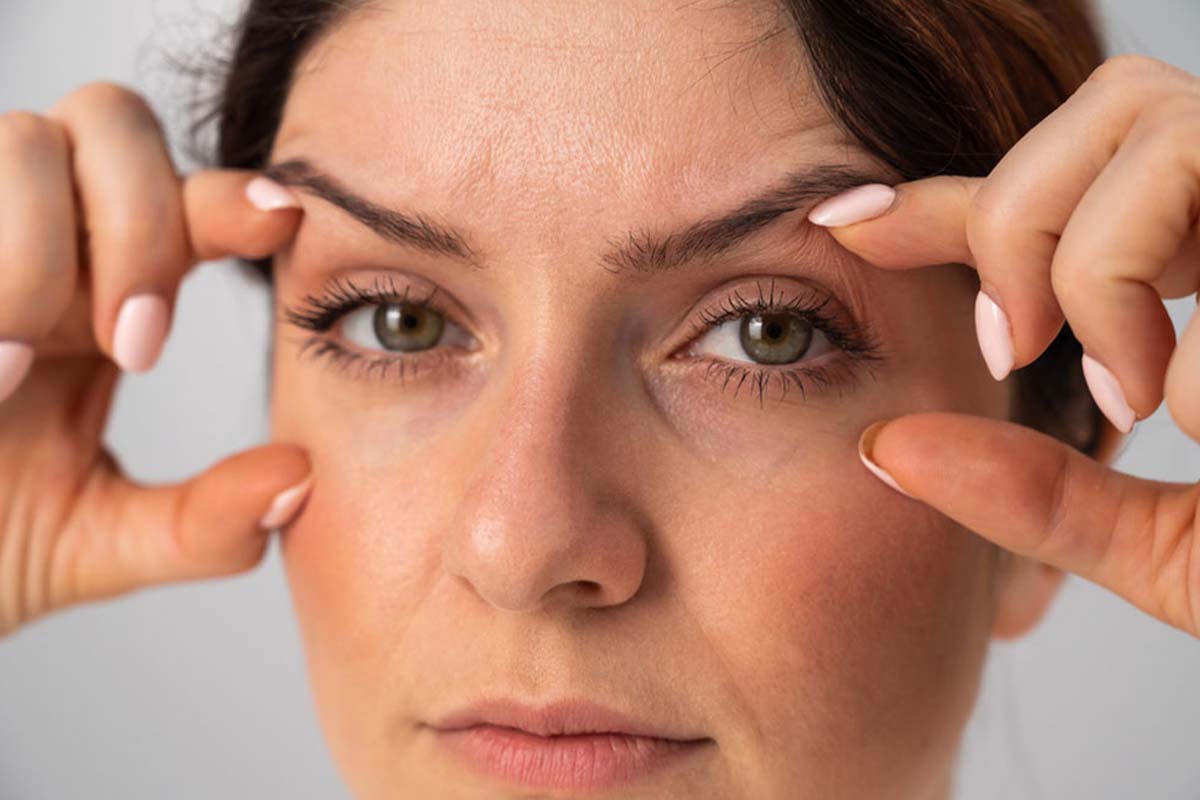Blepharoplasty, commonly known as eyelid surgery, is a surgical procedure aimed at improving the appearance of the eyelids. This surgery can be performed on the upper lids, lower lids, or both. It is designed to remove excess skin, muscle, and sometimes fat, leading to a more youthful and refreshed appearance. Beyond cosmetic reasons, blepharoplasty can also address functional issues, such as impaired vision due to sagging upper eyelids.
History and Evolution
The practice of eyelid surgery dates back to ancient times. Historical records suggest that primitive forms of blepharoplasty were practiced in India as early as 1000 B.C. Modern blepharoplasty, however, has its roots in the late 19th and early 20th centuries. Advancements in surgical techniques and anesthesia have significantly evolved the procedure, making it safer and more effective. Today, blepharoplasty is one of the most commonly performed cosmetic surgeries worldwide.
Indications for Blepharoplasty
Cosmetic Reasons: The primary reason individuals opt for blepharoplasty is to enhance their appearance. As people age, the skin loses its elasticity, leading to drooping eyelids and bags under the eyes. Blepharoplasty can rejuvenate the face, giving a more alert and youthful look.
Functional Reasons: For some, the procedure is medically necessary. Excess skin on the upper eyelids can hang over the eyelashes, obstructing vision. This can interfere with daily activities such as reading and driving. In such cases, blepharoplasty not only improves appearance but also restores proper vision.
The Procedure
Preoperative Consultation: Before undergoing blepharoplasty, a thorough consultation with a qualified plastic surgeon is essential. The surgeon will evaluate the patient’s medical history, discuss their goals, and perform a physical examination of the eyelids. Preoperative photographs are often taken to assist in planning the surgery.
Anesthesia: Blepharoplasty can be performed under local anesthesia with sedation or general anesthesia, depending on the extent of the surgery and patient preference.
Surgical Technique:
-
Upper Eyelid Surgery: An incision is made within the natural crease of the upper eyelid. Through this incision, the surgeon removes excess skin, muscle, and sometimes fat. The incision is then closed with fine sutures, which are typically removed within a week.
-
Lower Eyelid Surgery: An incision can be made just below the lower lash line or inside the lower eyelid (transconjunctival approach). The transconjunctival approach is beneficial as it leaves no visible scar. Excess fat is removed or repositioned, and sometimes the lower eyelid skin is tightened.
Recovery and Aftercare
Immediate Postoperative Period: Patients may experience swelling, bruising, and discomfort immediately following surgery. Cold compresses and prescribed medications can help alleviate these symptoms.
Healing Process: Most of the swelling and bruising will subside within two weeks, although minor swelling may persist for a few months. Patients are advised to avoid strenuous activities and heavy lifting for at least two weeks to facilitate proper healing.
Follow-Up: Regular follow-up appointments with the surgeon are crucial to monitor the healing process and address any complications promptly. Stitches are typically removed within five to seven days post-surgery.
Risks and Complications
Like any surgical procedure, blepharoplasty carries certain risks. These can include infection, bleeding, dry eyes, difficulty closing the eyes, scarring, and in rare cases, vision loss. Choosing a board-certified plastic surgeon with extensive experience in blepharoplasty can significantly reduce these risks.
Results and Longevity
Aesthetic Outcome: The results of blepharoplasty can be quite dramatic, leading to a more youthful and refreshed appearance. The final outcome is usually visible after several months when all swelling has subsided.
Durability: The effects of blepharoplasty are long-lasting, but they are not permanent. Natural aging will continue, and over time, some of the benefits may diminish. However, most patients enjoy the results for many years, often up to a decade or more.
Conclusion
Blepharoplasty is a highly effective surgical procedure for those seeking to improve the appearance and function of their eyelids. Whether driven by cosmetic desires or functional needs, this surgery can offer significant benefits. As with any medical procedure, it is crucial to have realistic expectations and choose a qualified, experienced surgeon to achieve the best possible results. With proper care and consideration, blepharoplasty can enhance not only the way patients look but also how they see the world.


